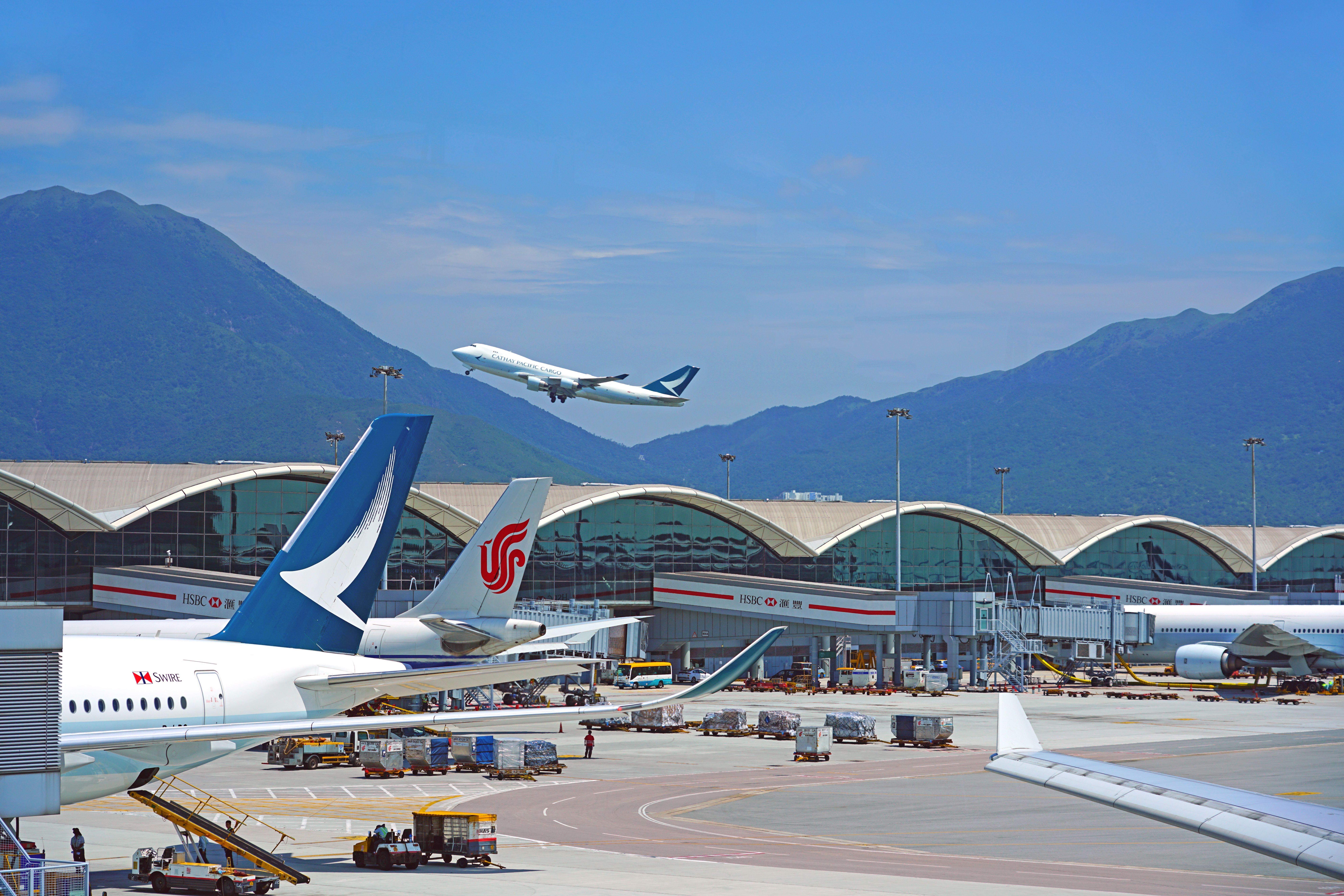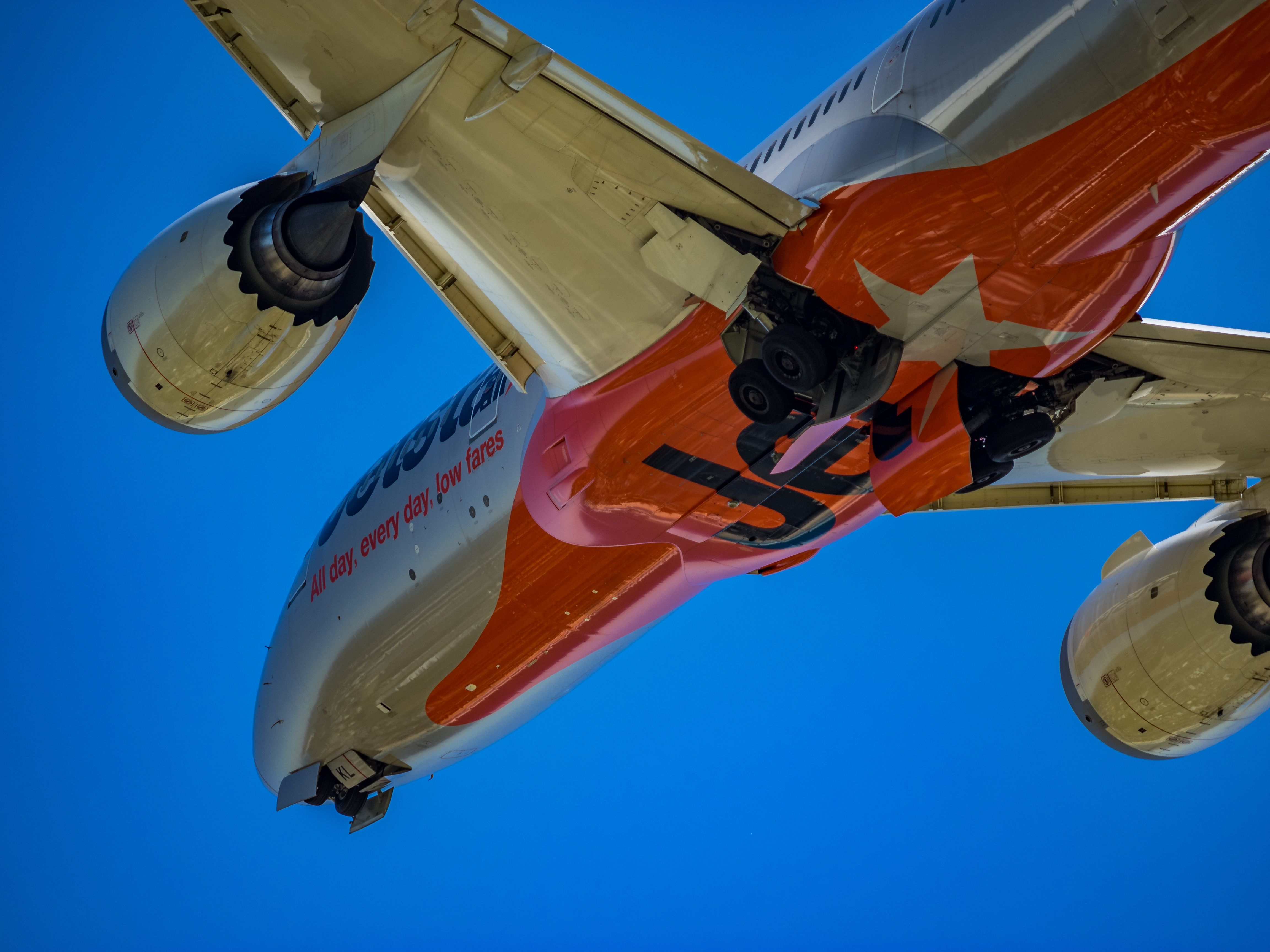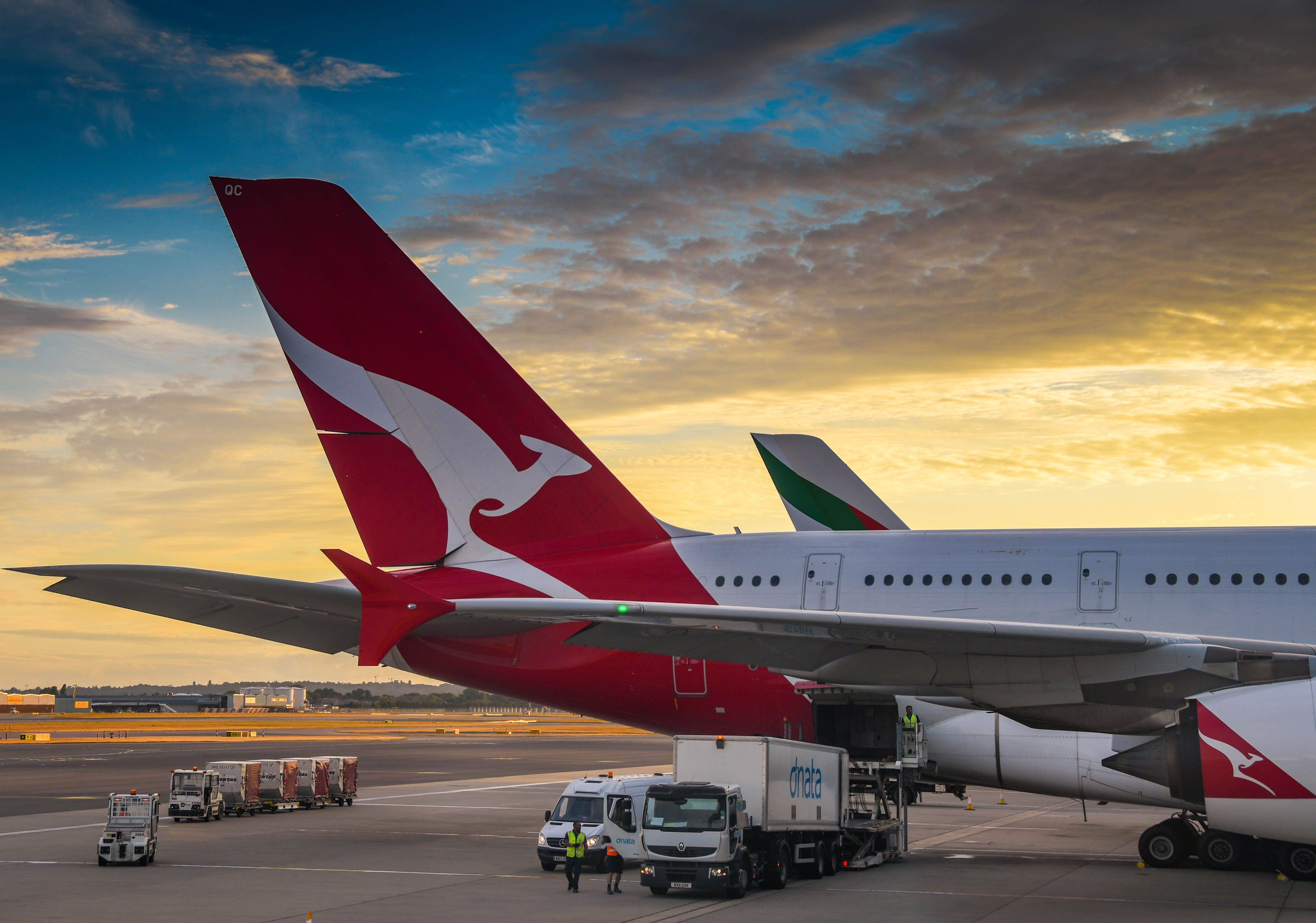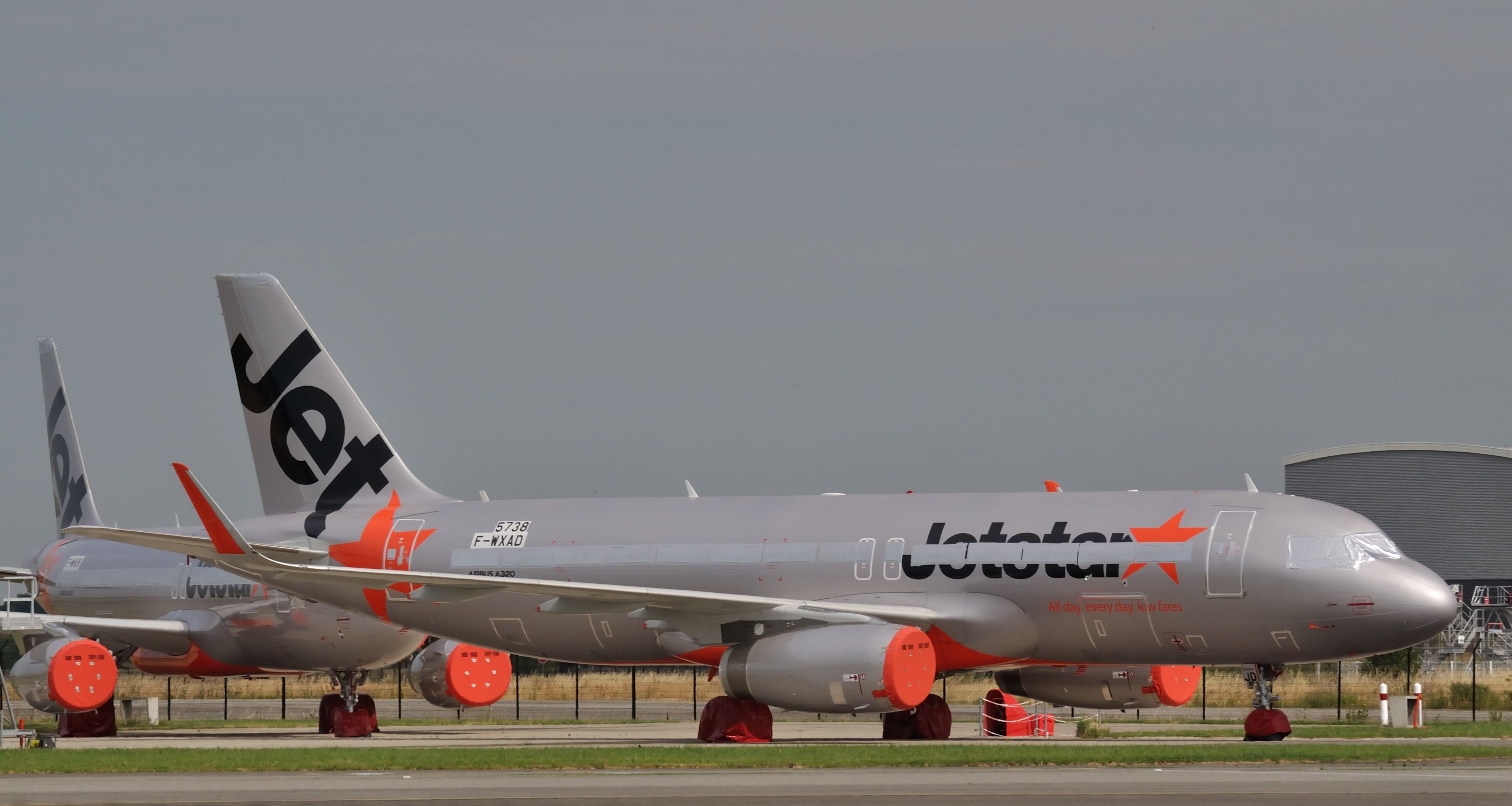Hong Kong currently has three other airlines alongside the dominant operator Cathay Pacific – Hong Kong Airlines, HK Express, and Greater Bay Airlines. There have been others in the past too, most notably Dragonair/Cathay Dragon and Oasis Hong Kong. There was almost another as well, with plans to launch Jetstar Hong Kong in the early 2010s.
Proposed joint venture with Qantas
Jetstar Hong Kong was planned (and formed) as a new airline in Hong Kong in 2012. It was a joint venture between Qantas (the parent company of Jetstar Airways) and China Eastern Airlines. Hong Kong-based Shun Tak Holdings took a stake in June 2013, with all three partners then having an equal one-third share in the airline.
The new airline filed an application for an Air Operators Certificate (AOC) in 2012 with the local Air Transport Licensing Authority (ATLA), but delays meant it could not start services as hoped that year. The airline planned to operate to over 100 destinations in China, Japan, and across South East Asia.
Opposition and delays with the AOC
There was immediate opposition to the new airline from other Hong Kong airlines. Cathay Pacific, Dragonair (at this time still independent and not part of Cathay Pacific), Hong Kong Airlines, and Hong Kong Express. The primary basis for the objection was the place of the business of the new airline.
Get the latest aviation news straight to your inbox: Sign up for our newsletters today.
Under Hong Kong Law, an AOC can be issued only to an airline that is incorporated in and has its principal place of business in Hong Kong. ATLA’s assessment of this considers more than just the location where operations are carried out. According to the tests used –
“The airline has to have independent control and management in Hong Kong, free from directions or decisions made elsewhere.”
For all businesses, this assessment involves business and shareholder location, site of the corporate authority, financial control, and whether the business operation is subject to decision or direction from elsewhere. Specific additional considerations for airlines include locations where fleet, route, and fare decisions are made.
 Refusing an Air Operators Certificate
Refusing an Air Operators Certificate
Ultimately, after a long analysis and consideration, ATLA refused Jetstar Hong Kong’s application for an AOC in June 2015. It viewed that the airline did not have its principal place of business in Hong Kong.
You can see the full ATLA report and decision in this document on the Hong Kong government website. In summary, ATLA reported:
“Having considered all relevant information, including the submissions and evidence JHK and the objectors presented at the public inquiry, the views of ATLA are [that] Jetstar Hong Kong cannot make its decision independently from that of the two foreign shareholders in accordance with the provisions of the Shareholders’ Agreement.”
With this refusal, there was no future for the airline. In August 2015, both Qantas and China Eastern Airlines ended their involvement and funding of Jetstar Hong Kong.
Aircraft ownership
Although it never started services, the new airline had placed orders for new aircraft. It ordered 10 Airbus A320 aircraft in 2013 and 2014. These orders were all eventually transferred to other airlines, including Jetstar and Hong Kong Express (some were sold before the official refusal of the AOC).
Jetstar Hong Kong would have joined several other airlines at the time that have made a success in the regional market from Hong Kong. We'd love your thoughts on this decision and its impact in the comments section.



